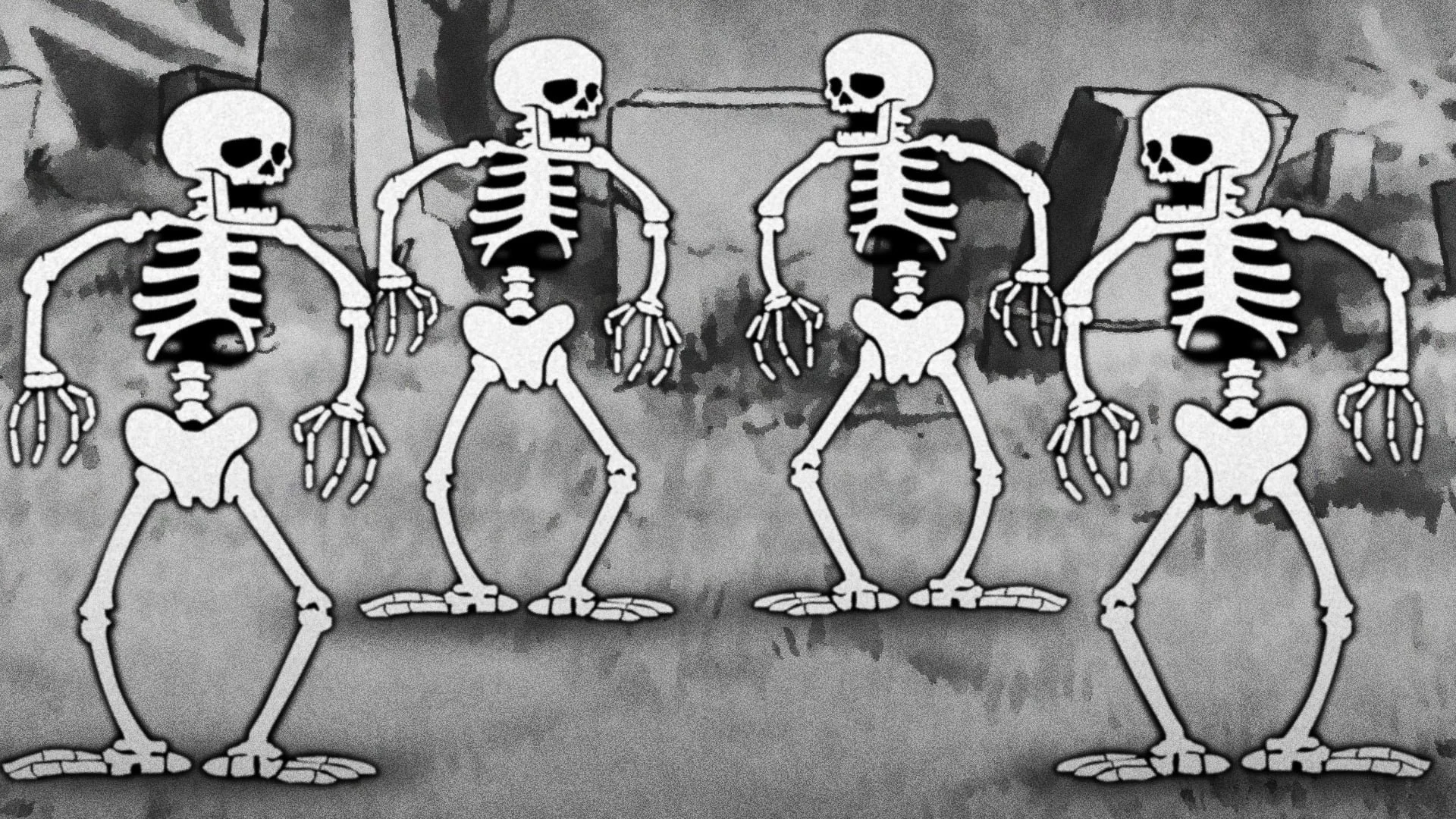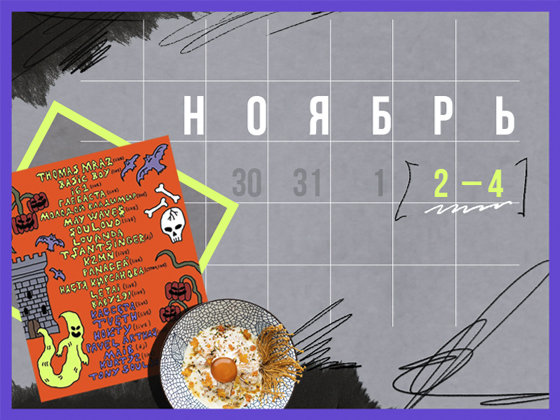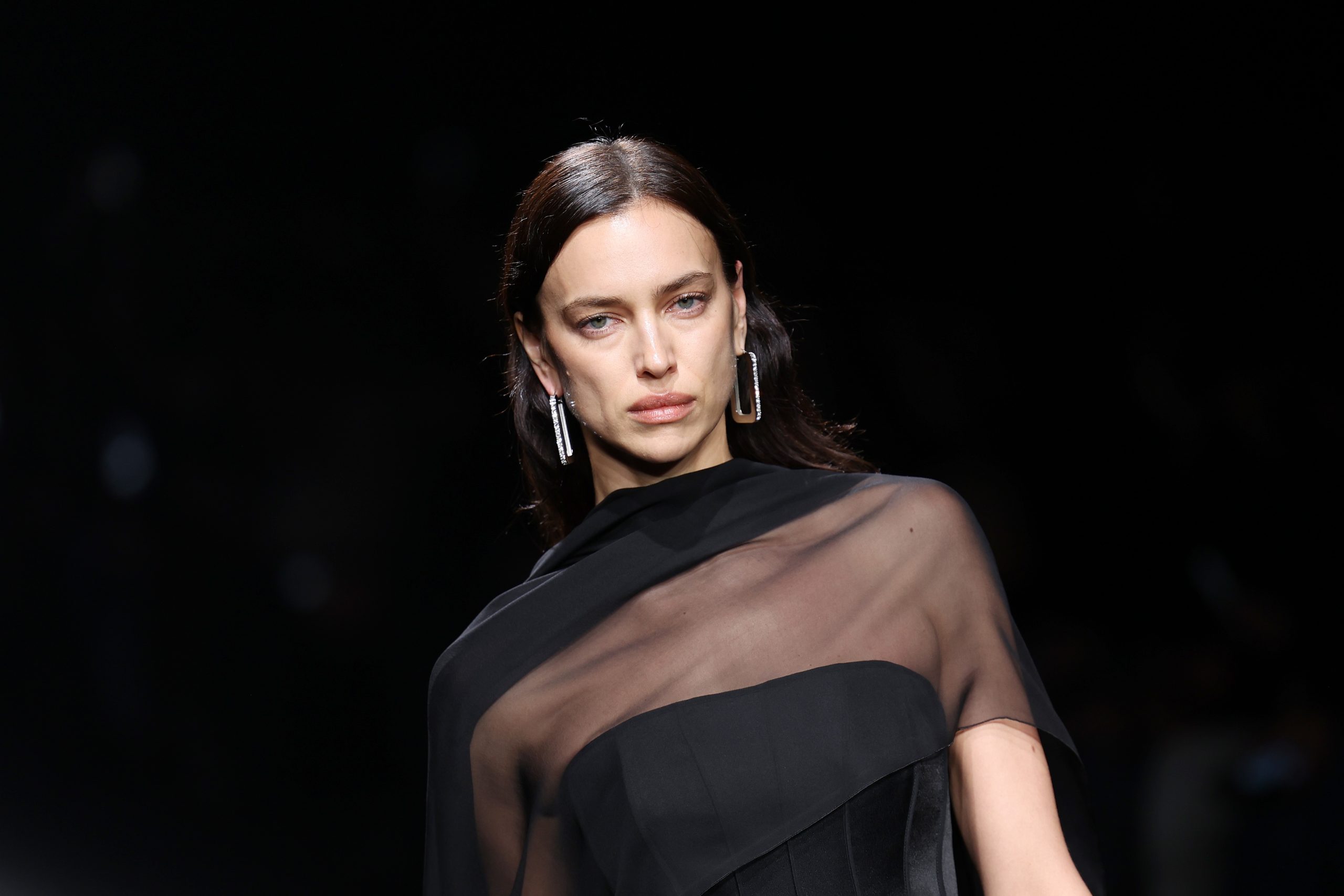In recent days, if you scroll a lot on social networks, you will surely have seen images generated by artificial intelligence (AI), more or less realistic and credible. Some even surf the news to look even more plausible, like photo montages of Donald Trump’s arrest or Emmanuel Macron engaging with disgruntled pension reform protesters.
In a completely different genre, an AI-generated snapshot of Pope Francis in a large white puffer jacket shared on Twitter on March 25, 2023 has caused confusion in the fashion sphere.
OKAYYY pic.twitter.com/MliHsksX7L
— leon (@skyferrori) March 25, 2023
Elegant, Pope Francis in a white duvet, really? No, in Artificial Intelligence
Among those duped is high-profile, ultra-connected model Chrissy Teigen, who tweeted in response:
I thought the pope duvet was real and didn’t give it a second thought. no way will I survive the future of technology
— chrissy teigen (@chrissyteigen) March 26, 2023
“I thought the pope’s duvet was real and I didn’t think about it. I will not survive the future of technology. »
This kind of innocuous CGI has been around in the fashion industry for a long time, and it can look ridiculous and funny in the case of the pope, who we wish we could have christened.” fashion icon “. Only, one may wonder about their disclosure and worry that more and more people risk falling into the trap, as this type of technologies is refined, perfected and becomes more and more accessible. Therefore, here are some tips to recognize if you find yourself faced with images generated by artificial intelligence or not.
How to recognize AI-generated images from real photos?
❓ Few tools can reliably detect these images, say AI experts.
☞ The best way remains to find the original context of a shot, and see with a reverse image search if an Internet user explains that he created it and with what tool 2/8 pic.twitter.com/fPImtvIB4P
– AFP Factual 🔎 (@AfpFactual) March 25, 2023
As summarized in an Agence France Presse Twitter thread, we must first of all use common sense.
- When in doubt, you can start by doing a reverse search to try to find the origin of the image and see if a person claims to have initiated the illustration or not.
- We can also look on the image if it includes any watermark (like a signature) to indicate who the author is (often in the center of the image or in the lower right corner).
- An AI image is also notable for its particularly smooth grain, perspective issues (objects in the background sometimes appear nearly as large as foreground ones, or distorted), and lack of reflections in the eyes of characters or shadows of bodies in the background. Image Image.
- Finally, we can pay attention to what the AI is still struggling to generate with credibility: nostrils (possibly disproportionate), ears (often misshapen) and fingers (sometimes 4 or 6 on a hand) can quickly spill the beans.

So many inconsistencies that should raise doubts and lead to further research before conveying an image as if it were true and worthy of information, when it is not.
Meanwhile Pope Francis hasn’t gotten stylish yet, no need to crown him a new fashion icon, it was just a fake news, thanks AI.
More articles about
instagram
-
On Instagram, the Womanizer account is (still) suspended
-
How fashion is getting tired of body-positive and returning to lean heroin chic
-
Dylan Thiry, PA7, Marc and Nadé Blata… Reality TV influencers chain legal scandals
-
These three “essential” beauties would ultimately be of no interest, according to a cosmetic surgeon
-
Meeting with Jenifer Prince, the artist who returns Sapphic colors to pop culture
-
What is a VSCO girl? The origins and essential elements of this trend
-
Help! I stalked my boss on Insta and accidentally liked a picture of him in his underwear
Source: Madmoizelle
Mary Crossley is an author at “The Fashion Vibes”. She is a seasoned journalist who is dedicated to delivering the latest news to her readers. With a keen sense of what’s important, Mary covers a wide range of topics, from politics to lifestyle and everything in between.




